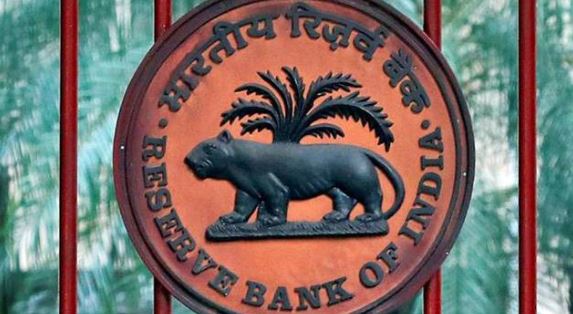- RBI did not change policy rates after three days policy meeting
- Repo rate remains at 5.15%, bank rate at 5.40% and reverse repo rate at 4.90%
- Central Bank lowered GDP growth rate estimate for the current financial year to 5%
- Inflation estimates have been increased from 3.5% to 3.7%
The RBI did not cut the repo rate, although it has lowered its GDP growth estimate and raised inflation to 3.7%. Earlier RBI has reduced the repo rate by 1.35% in 5 times this year, which many banks had given benefit to customers.
GDP growth reached 4.5% in the July-September quarter, the lowest level in 6 years. There were speculations that the Reserve Bank would once again cut interest rates, but this did not happen and the policy rates were not changed after the three-day policy meeting. The central bank lowered the GDP growth estimate for the current financial year from 6.1% to 5% and raised the inflation rate from 3.5% to 3.7%.
Also Read: STOPPING TRADE FROM INDIA HAS DESTROYED ECONOMY: PAK MINISTER
Specialist policy rates were being speculated to be cut. Concerns about the economy were further heightened as GDP growth reached a 6-year low and the rating agencies lowered estimates. However, positive news came on both the manufacturing and service PMI fronts in November.
5 consecutive repo rate reductions
Earlier, 5 times in a row, the central bank announced a cut in the repo rate. This year the repo rate has been reduced by 1.35% and the current rate is 5.15%. If the repo rate was further reduced, the debt associated with it would have become cheaper, meaning your EMI would have made a difference, but it did not.
What is the repo rate?
The rate at which RBI lends to commercial banks is called repo rate. This rate cut would have given banks cheaper loans. When this happens, there is pressure to provide cheaper loans to customers. Cheaper debt increases demand.




